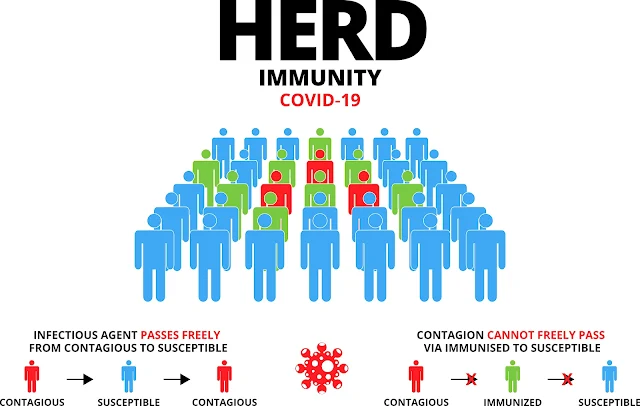Introduction
As the world grapples with various epidemics, the concept of herd immunity has become increasingly significant. Achieving herd immunity through vaccination offers vital protection to entire communities, acting as a shield against the further spread of infectious diseases. However, confirming the attainment of herd immunity requires careful monitoring and analysis of specific indicators. In this article, we will explore the concept of herd immunity, examine the indicators that help determine its achievement, and highlight the importance of ongoing vigilance in the fight against epidemics.
Understanding Herd Immunity
Herd immunity, also known as community immunity, refers to a situation in which a significant proportion of a population is immune to a particular infectious disease, thus reducing its transmission potential. This immunity can be acquired through vaccination or natural infection. When enough individuals are immune, the chains of transmission are broken, protecting vulnerable groups and minimizing the overall burden of the disease.
Indicators of Herd Immunity
1. Vaccination Coverage: Perhaps the most crucial indicator to measure the attainment of herd immunity is vaccination coverage. It represents the percentage of the population that has received the recommended number of vaccine doses. The higher the coverage rate, the closer the community is to achieving herd immunity. However, the required threshold of vaccination coverage can vary depending on the disease's transmission characteristics. Experts estimate that for highly contagious diseases like measles, a coverage rate of approximately 95% is necessary to achieve herd immunity.
2. Disease Spread and Transmission Rates: Monitoring the disease's spread and transmission rates is paramount to determining the progress towards herd immunity. When vaccination coverage is high, a decline in the disease's transmission rate is expected. A decrease in the number of new cases and a slowdown in community transmission are positive indications that herd immunity may be approaching.
3. Seroprevalence Surveys: Seroprevalence surveys involve testing individuals within a population to detect the presence of specific antibodies against a disease. These surveys offer valuable insights into the proportion of the population that has already been infected or vaccinated. By comparing the seroprevalence rate with the estimated threshold required for herd immunity, the success of vaccination programs can be assessed.
4. Hospitalization and Death Rates: Tracking changes in hospitalization and death rates associated with the disease is essential in assessing the impact of vaccination efforts. As herd immunity is achieved, these rates should decrease significantly, indicating a reduced severity of the disease due to the protection offered by the vaccinated population.
Maintaining Vigilance
Confirming the attainment of herd immunity should not be seen as a signal to relax efforts against epidemics. Continued vigilance is crucial in maintaining herd immunity and preventing future outbreaks. It is essential to sustain high vaccination coverage rates, as well as ongoing monitoring of disease transmission and trends. Additionally, public health measures such as robust surveillance systems, prompt outbreak response, and effective communication remain vital in preventing potential setbacks.
Read also:
- Breaking the Chain of Infection: A Call to Action
- On the Frontlines: Building Robust Surveillance Systems Against Infectious Diseases
Conclusion
Measuring the shield of herd immunity through vaccination in an epidemic requires careful monitoring of indicators. Vaccination coverage rates, disease transmission rates, seroprevalence surveys, and hospitalization and death rates all play a role in confirming the successful attainment of herd immunity. Yet, even when herd immunity is achieved, ongoing vigilance and adherence to preventive measures are essential to sustain this crucial shield against infectious diseases. Through collective efforts, we can protect ourselves, our communities, and future generations from the devastating impacts of epidemics.
Sources:
- World Health Organization (WHO)
- Centers for Disease Control and Prevention (CDC)
- National Institutes of Health (NIH)
- Johns Hopkins University


Post a Comment
Full Name :
Adress:
Contact :
Comment: